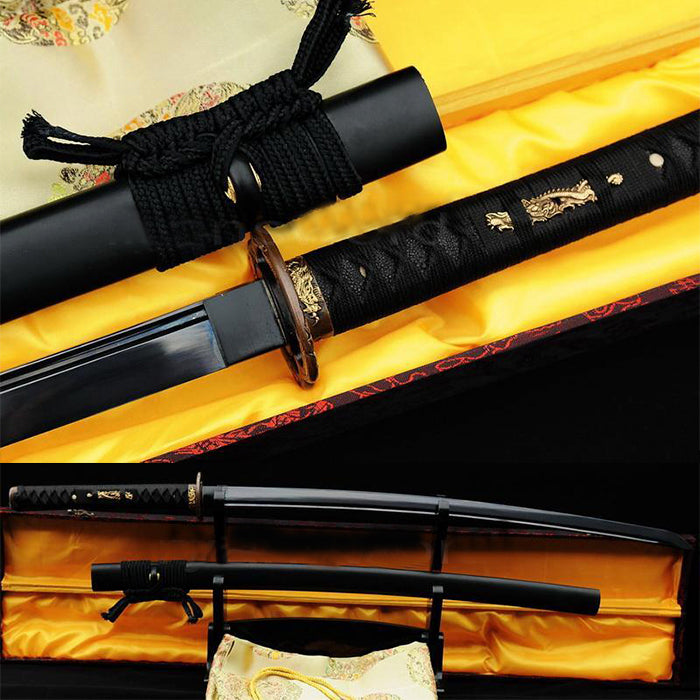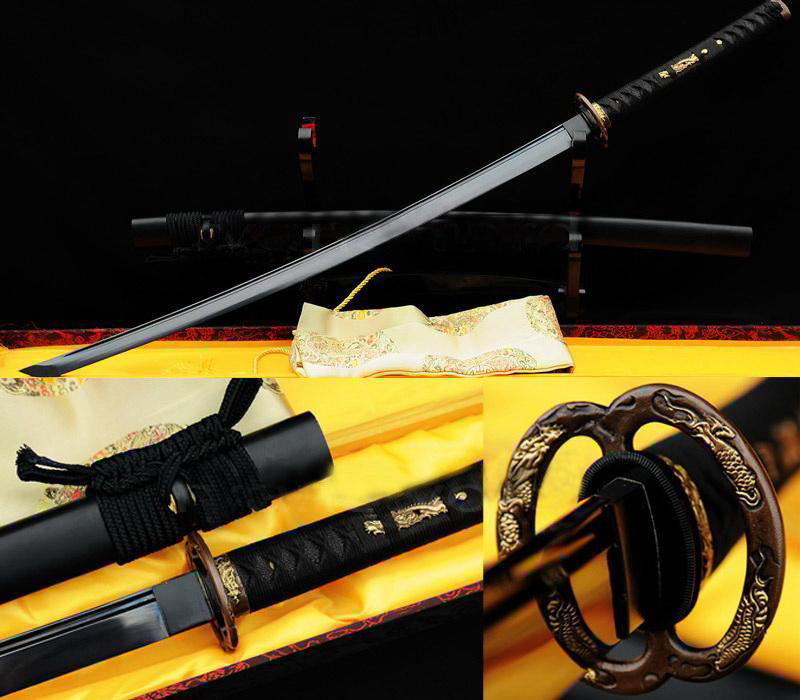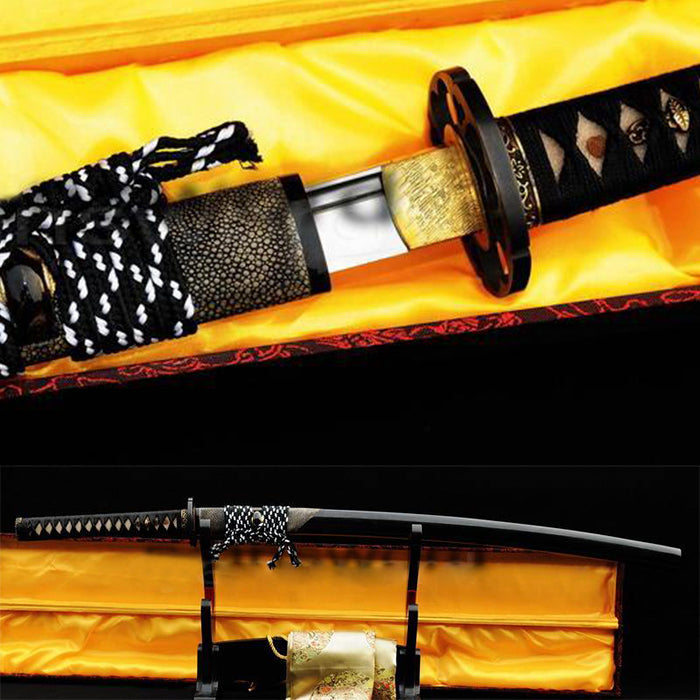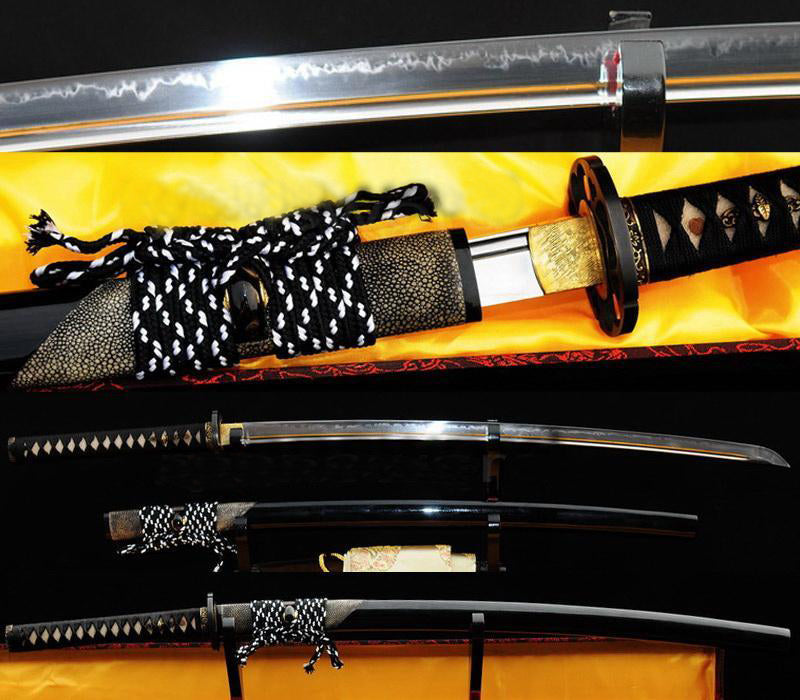Ownership and Responsibility
The journey of Sandai Kitetsu from the forges of Wano Country to Zoro’s hands is a story of fate, luck, and responsibility. Among the many swords Zoro could have chosen, he picked Sandai Kitetsu from a barrel of seemingly ordinary katanas in a humble shop. The shop owner, well aware of the sword’s cursed reputation, hesitated but ultimately gave Zoro the sword after witnessing his fearless test of luck—a moment that has become iconic in the One Piece anime and video adaptations. This act was more than just a transaction; it was a passing of responsibility, as the shop owner recognized Zoro’s unique sense and skill.
As one of the infamous Kitetsu swords, Sandai Kitetsu stands out not only for its sharp blade and distinctive tsuba but also for its slightly varied specification and overall length, which set it apart from other weapons. Forged in Wano Country, its design and concept reflect a deep tradition, but its curse adds a layer of complexity that few swordsmen are prepared to handle. The curse is not just a story element—it’s a test of the wielder’s strength, understanding, and respect for the weapon. Zoro’s ability to sense the sword’s dangerous aura and his willingness to accept the risks show his growth and maturity as a swordsman.
Throughout the One Piece story, the theme of respecting one’s weapons is ever-present. Zoro’s relationship with Sandai Kitetsu is a perfect example of this, as he balances the sword’s formidable power with the need for control and discipline. The price of wielding such a sword goes beyond its monetary value; it demands emotional resilience and psychological fortitude. Zoro’s ongoing journey with Sandai Kitetsu is a testament to his character, as he continues to honor the sword’s legacy while forging his own path. In the world of One Piece, ownership of a cursed sword like Sandai Kitetsu is both a privilege and a profound responsibility—one that Zoro embraces with unwavering resolve.

 Authentic Handmade Katana Black Steel Musashi Black
Authentic Handmade Katana Black Steel Musashi Black
 Authentic Handmade Samurai Sword Sharp Katana Clay Tempered Blade
Authentic Handmade Samurai Sword Sharp Katana Clay Tempered Blade
 Authentic Forged Japanese Samurai Katana Sword
Authentic Forged Japanese Samurai Katana Sword






